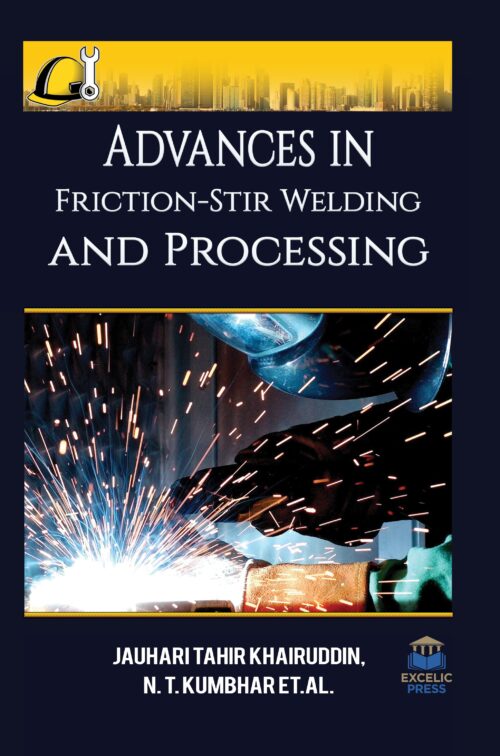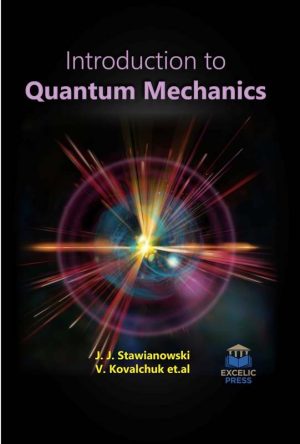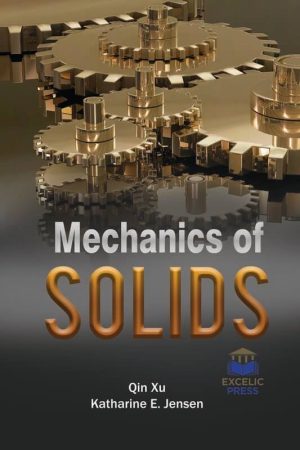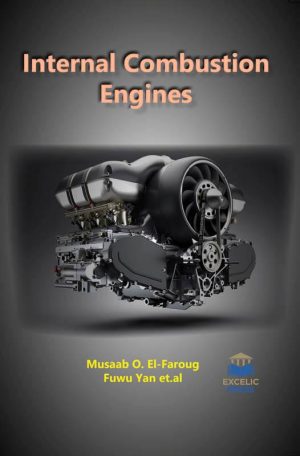Description
Friction stir welding is a prominent solid-state joining process – which produces non-melting low heat input welds with less residual stresses compared to the conventional welding process. For almost 20 years, FSW has been used in high technology applications such as aerospace to automotive till high precision application such as micro welding. The main feature of a solid-state welding process is the non-melting of the work material which allows a lower temperature and a lower heat input welding process relative to the melting point of materials being joined. This is advantageous over the conventional fusion welding where excessive high heat input is required to melt the work material. It is thus considered to be the most significant development in the area of material joining over the past two decades. Friction stir processing (FSP) was later developed based on the basic principles of FSW. FSP has been proven to be an effective and versatile metal-working technique for modifying and fabricating metallic materials. FSW/FSP has prompted considerable scientific and technological interest since it has a potential for revolutionizing the manufacturing process in the aerospace, defense, marine, automotive, and railway industries. To promote widespread applications of FSW/FSP technology and ensure the structural integrity, safety and durability of the FSW/FSP components, it is essential to optimize the process parameters, and to evaluate thoroughly the microstructural changes and mechanical properties of the welded/processed samples.
Advances in Friction-Stir Welding and Processing deals with the processes involved in different metals and polymers, including their microstructural and mechanical properties, wear and corrosion behavior, heat flow, and simulation. It summarizes recent advances in the microstructural evolution and mechanical properties of FSW/FSP alloys. Particular attention is paid to recrystallization mechanism, grain boundary characteristics, phase transformation, texture evolution, characteristic microstructures, and the effect of these factors on the hardness, tensile and fatigue properties as well as new approaches to the Friction Stir Welding.
This book serves as a valuable guide to students, practitioners as well as researchers in manufacturing engineering, metallurgy and materials science, advanced materials, and welding technologies.





